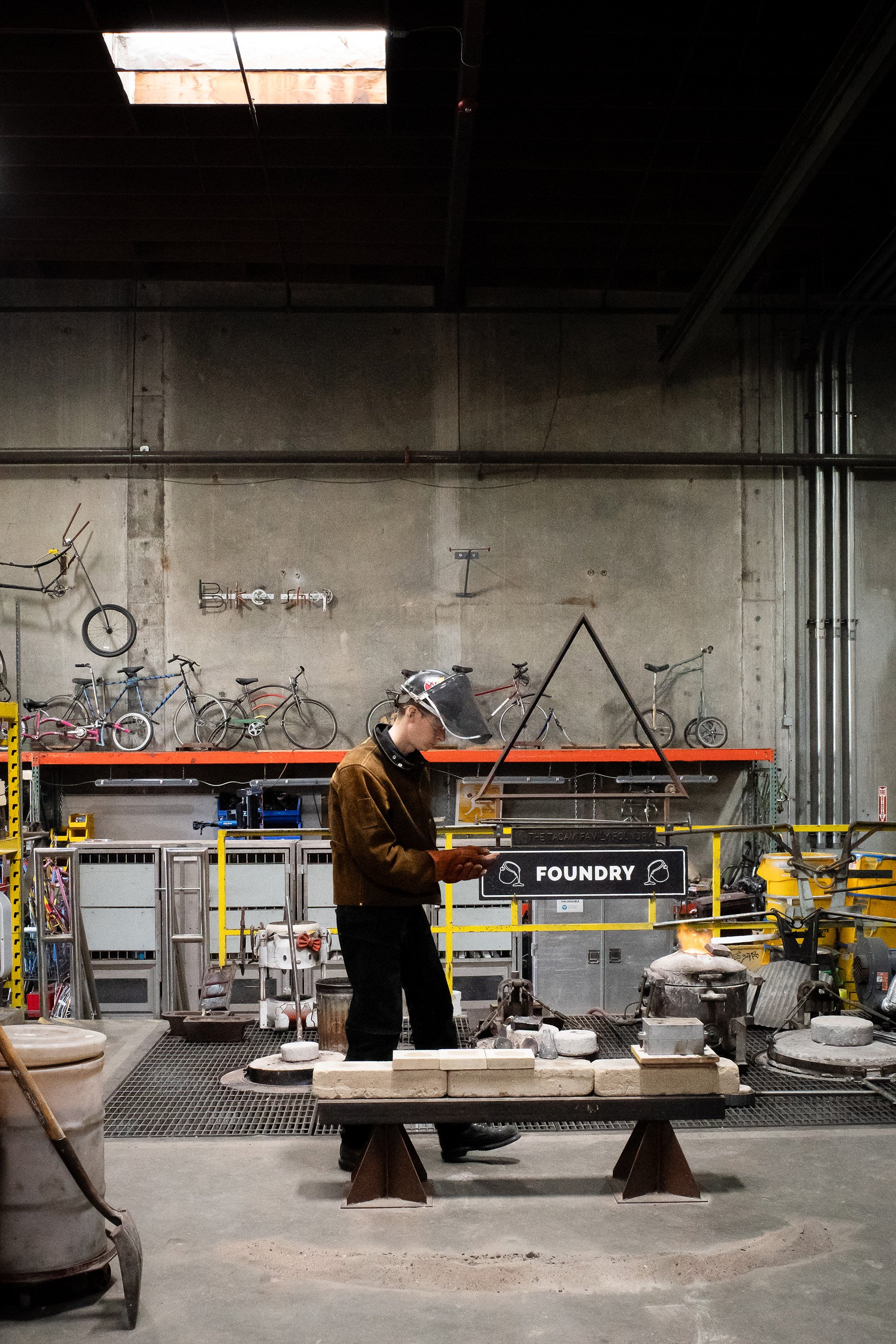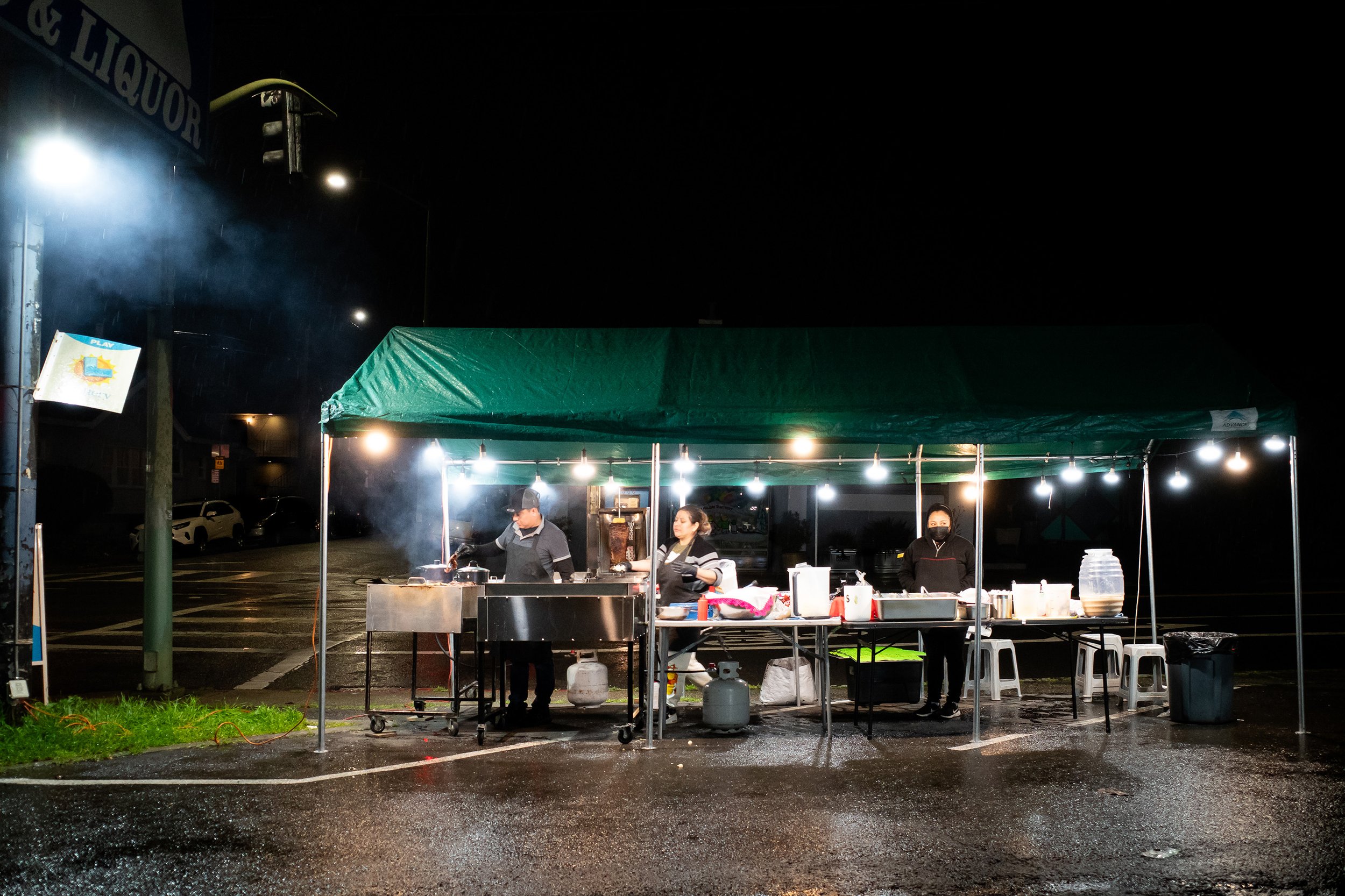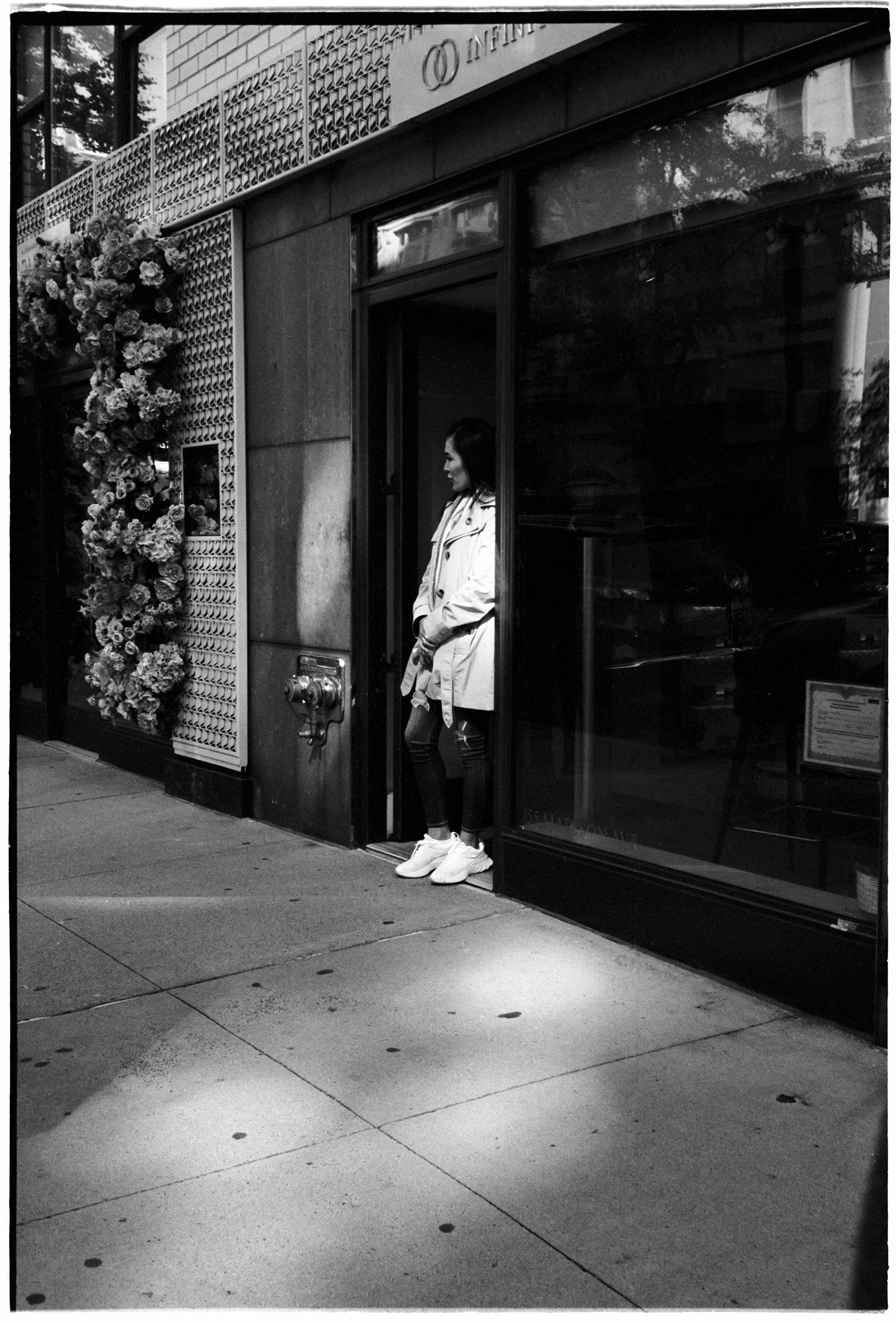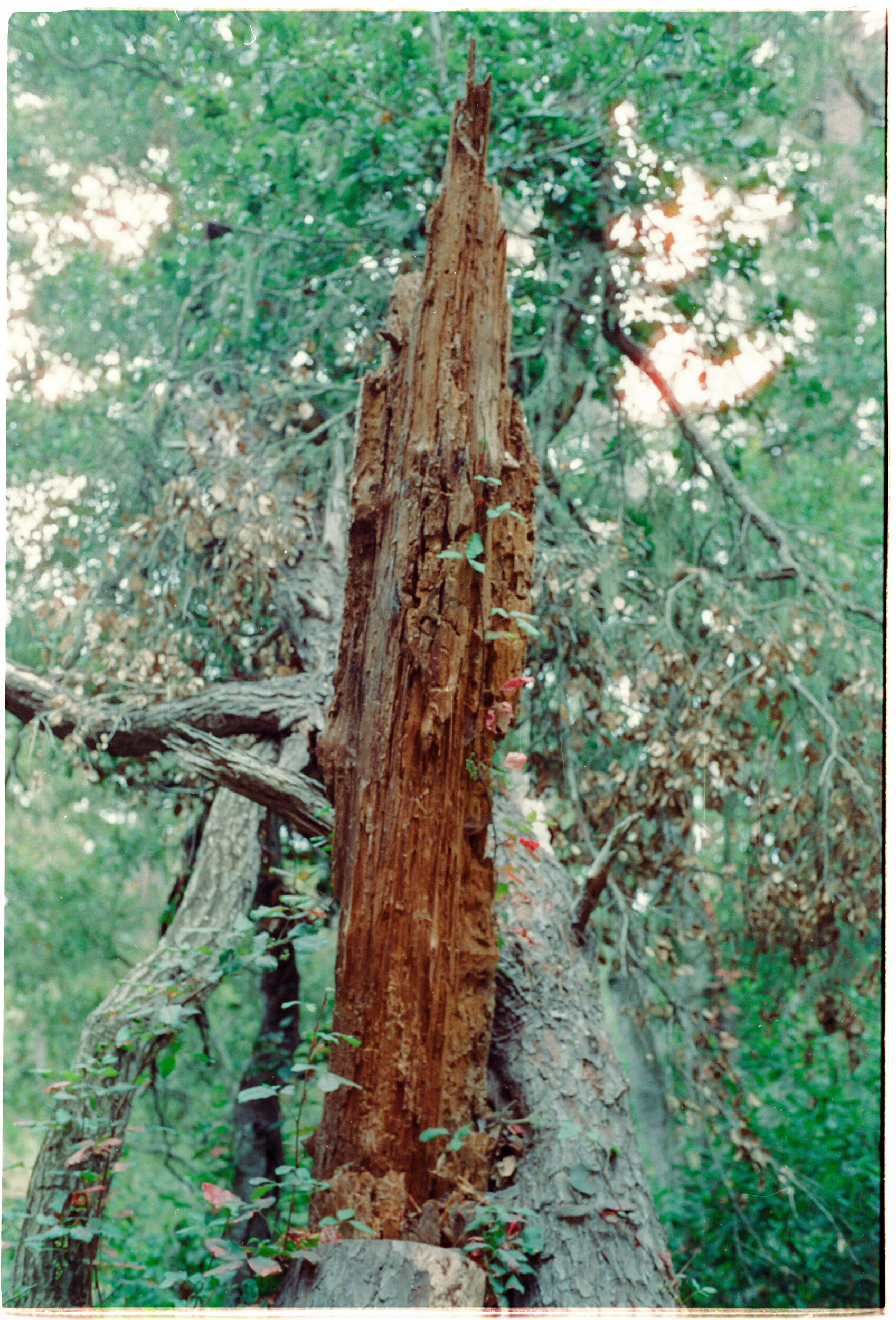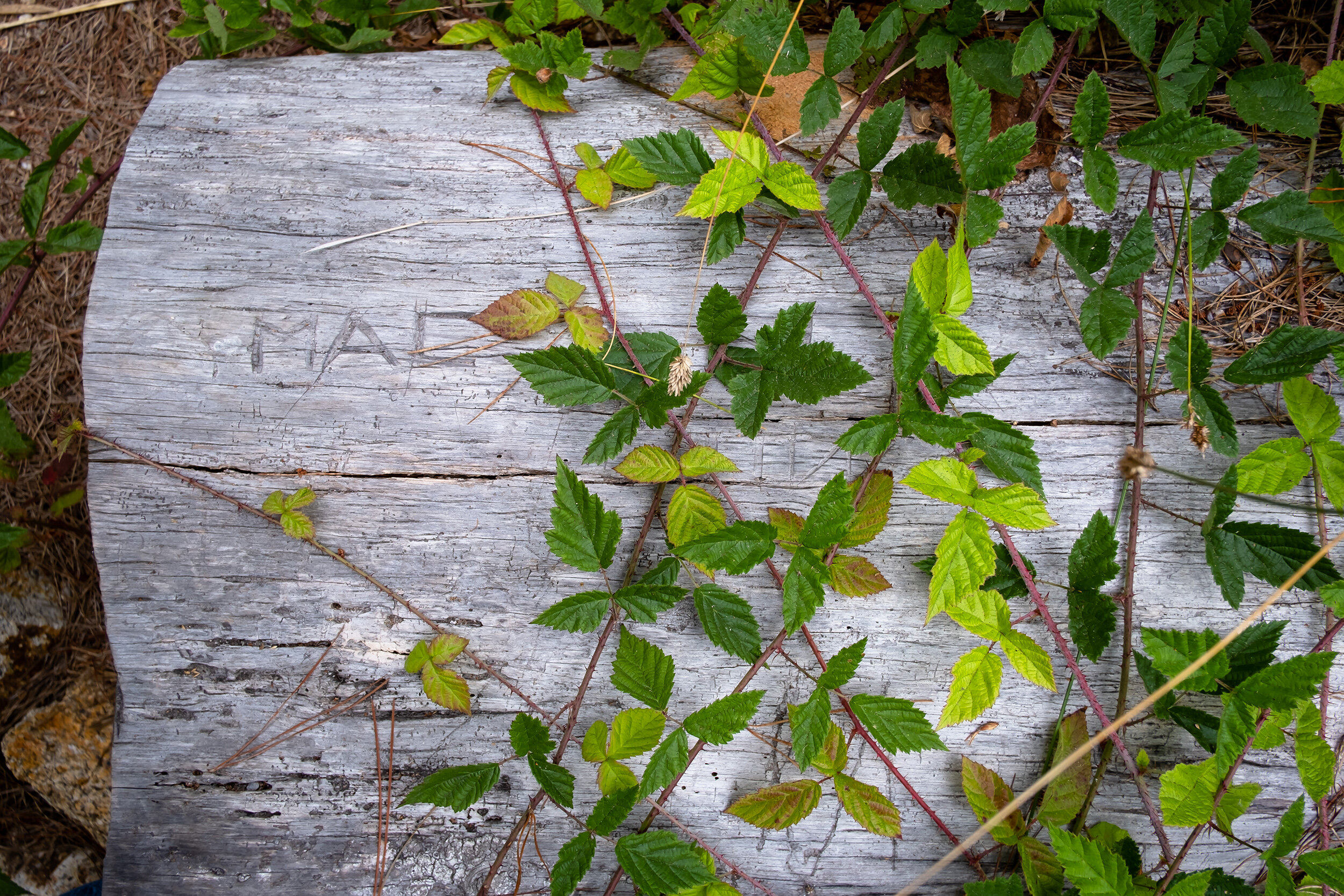Scroll down past all the words to see the full photoset: 3 Months with the Ricoh GRiii
Film vs. digital: a real life story
Over the last ten years or so, I’ve gotten into the habit of visiting NYC in early October (pandemics notwithstanding), and it’s one of my favorite places to shoot photos in the streets.
During my 2022 NYC trip, I carried two cameras with me everywhere I went for six days — a digital Fuji X-Pro3, and a compact Rollei 35S point-and-shoot film camera. But the experience of juggling film and digital didn’t result in the best of outcomes.
When I’m in New York, I walk almost everywhere so I can shoot as much as possible, taking my time, slowing down and periodically posting up in spots that have good light and lots of action. You know, “street photography.”
On this trip, I switched between cameras as often as it occurred to me, at the time it felt like an even spilt between the two. I came back with over 800 digital photos and approximately 150 film photos, and the amount of “keepers” wasn’t what I’d wanted out of it all (and I try to maintain pretty low expectations and high standards when it comes the keeper ratio).
Editing that batch of NYC photos made it painfully clear to me that shooting digital and shooting film are two different disciplines, and trying to do both at the same time generally means that I’m not focused on the essence of the pursuit — the photography fundamentals required for consistent results, especially in shooting film.
For me, working with a digital camera encourages volume — just shoot as much as I can and sort it all out in Lightroom later. The only limits on the amount of photos I can take are how engaged my vision is, how much ground I’m willing to cover, and the size of the memory cards in the camera.
I try to not let the camera do too much of the work, but my photographic mindset is looser with a digital camera in-hand. I can think all I want about taking the time to line up shots, and adjust as many settings to manual as I can handle, but once I’m out in the streets and I can take as many shots as I want in order to get just the right one out of almost any situation, that’s exactly what I’ll do.
And that’s fine. I love the seemingly endless run-and-gun approach of shooting digital, and the X-Pro3 is an excellent camera — my favorite digital rangefinder style — both in terms of user experience and quality of output.
But with an all-manual mechanical film camera, there’s a finite number of shots in a roll, and every setting needs to be actively considered, so a volume shooting strategy isn’t really an option. I need to lay in wait, or move with purpose and attention, take the time to line up each shot (not just think about it), and hope that I captured the moment I saw with my mind’s eye. Because there’s a fraction of a second between pressing the shutter button and the camera capturing the image, and things really can change in that fraction of a second.
The practice of intuitively seeing the apex of movement, light and composition is the zen of photography, in the streets or anywhere else. The whole process is about slowing down, about evaluating scenes and seeing the shots as they emerge — sensing how the composition is going to come together and capturing it at just the right time, when everything in motion is also in balance.
Attention to those fundamentals is what I found in the dichotomy between digital and film photography, so I decided that’s what I wanted to focus on.
A year of shooting film
As 2022 was winding down, I found myself in Tokyo for two weeks, and largely on my own for about half that time. I overpacked for that trip. I took the Fuji XPro-3 and a couple of prime lenses, the Rollei 35S, and a Leica MP — the all manual, 35mm film camera that I had just picked up — along with a couple dozen rolls of film (an even split of black & white and color).
Neither the Fuji nor the Rollei made it out during that trip to Tokyo, they stayed stashed in my backpack in the hotel room closet. I shot 22 rolls over two weeks with the Leica. And I like the results of my Tokyo endeavors far more than those from the NYC ’22 trip. Not just because the Leica is an incredible camera that’s a joy to shoot with, but because I was more focused on the fundamentals of making photographs — being more purposeful, not rapid-firing the shutter at everything that caught my eye, but making an earnest attempt to use light, motion and composition to capture the scenes I saw unfolding.
Starting then, in December of 2022, I only shot film for 12 months — with the Leica when it made sense, and with Rollei the rest of the time. I never left home without the Rollei, unless I had the Leica with me. It was fun, challenging, and more immersive than shooting digital (especially when I started developing black & white film at home). It made me feel more connected to the process and the output than working with digital images, and I think it made me a better photographer…maybe.
Ricoh GRiii, a return to digital
When I returned to NYC in October ’23, I had both the Leica and the Rollei with me. No digital cameras. But shooting on-the-go, especially at night or indoors in tricky lighting like museums and galleries and bars and restaurants, and taking snapshots while I was hanging out with my wife and friends (living in the moment as opposed to living through the lens), I realized that I wanted a digital backup, something low profile and pocketable but powerful.
After a couple weeks of internet research, I decided the Ricoh GRiii was my best option. When it comes to digital cameras I’m big fan of Fuji, but Fuji doesn’t make anything quite like the GRiii. Its 28mm equivalent lens is a workable focal length for just about any situation, it’s palm-sized and easily pocketable, super quiet, and not at all flashy looking, but it boasts the tech specs to take decent images.
It’s got a lot of fancy settings that allow for the creation of “recipes” (settings combinations that result in film emulation and other treatments) for both black & white and color, but I haven’t explored those too much. I’ve been far less interested in what the camera can do, and more into exploring what I can do with the camera. So I shoot RAW images and convert, process, and edit as needed in Lightroom.
I started using the Ricoh GRiii in December of 2023, and I’ve been pleased with the results so far. It’s in my pocket about as often as the Rollei 35 — which is to say, I’ve always got one of them on me. Unless I’m out with the Leica, in which case I’ve probably also got the Ricoh in my bag or in my pocket.
This photoset contains photos made with the GRiii, in chronological order, while getting acquainted with it between December ’23 and February ’24. You can see my intent manifested here — mostly snapshot style photos, quick, candid, mundane, everyday life, and street shots, all pretty casually captured as I went about my days and nights…





